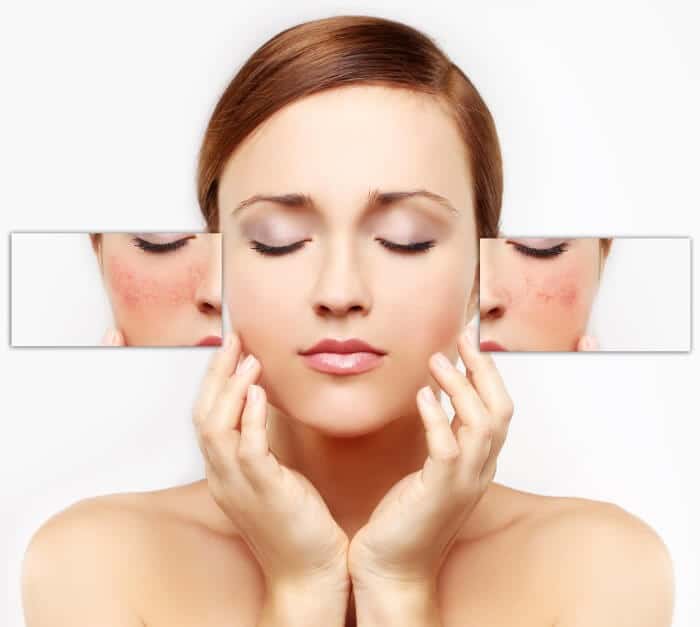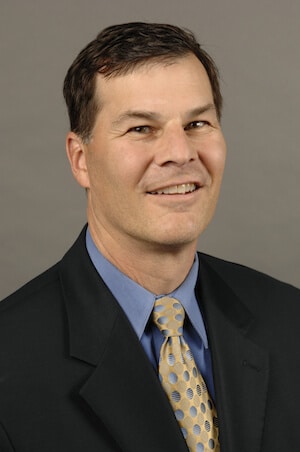Redness in the face can be caused by many things, including stress, environmental factors, colds and allergies, and minor reactions to skin care products. But for around 14 million Americans, redness in the face means rosacea, a skin condition that is unsightly and can cause problems beyond the skin.
At New England Cosmetic Surgery and Laser Center, we offer Rosacea laser treatments to help with the signs and symptoms you may face. The VBeam laser treatment is non-invasive, so you can get quick, comfortable results. To find out if this is right for you, contact Dr. Lazor today, or stop by our Weymouth, Massachusetts office.
Rosacea is a chronic skin disorder that can be not only aesthetically displeasing, but can be disruptive to your life. Redness is just one sign of this common problem. Symptoms of rosacea are categorized as primary and secondary. People who have or suspect they may have rosacea will always have at least one primary sign, with secondary signs possibly developing.
Primary signs of rosacea include one or more of the following:
- Facial flushing: Studies have shown that people with a history of frequent blushing and facial flushing may actually be showing an early sign of rosacea.
- Persistent Facial Redness: This is the most common sign and is often the first clue that this disorder is present. In most people, the redness resembles a sunburn that doesn’t go away.
- Bumps and Pimples: This primary sign can mimic acne, but there are important differences. Rosacea bumps will never include blackheads, for example, and the bumps and pimples that are present often burn or sting.
- Visible Blood Vessels: Many people will have visible blood vessels just under the surface of the facial skin.
Secondary signs of rosacea don’t appear in all people who suffer from it. These include:
- Eye Problems and Irritation: Eyes may become irritated, watery, or bloodshot. Eyelids can swell. In severe cases, corneas can be damaged and vision can suffer.
- Burning and Stinging: Facial skin may be painful, irritated, tight, and itchy.
- Dryness: The texture of the facial skin can be rough and look extremely dry.
- Plaques: Raised, rough, red patches of skin may develop. They look localized and don’t damage surrounding skin.
- Rhinophyma: Skin on the face and particularly the nose may thicken and look “bigger” or swollen.
- Edema: Facial skin may swell.
- Problems beyond facial skin: Signs of rosacea may develop on other areas of skin, such as the scalp, ears, neck or chest.
While there is currently no cure for rosacea, there are ways to treat it and help reduce symptoms. If you are experiencing any of the above signs and symptoms and are concerned that you may have rosacea, call our office today. Dr. Lazor can get you the right diagnosis and get you started on treatment to improve your symptoms and help you feel better about facing the world every day.


